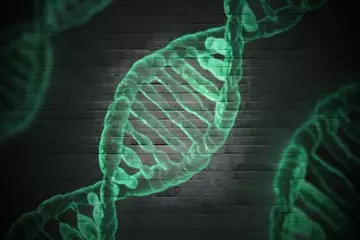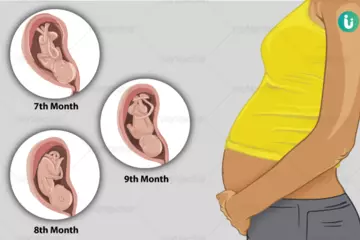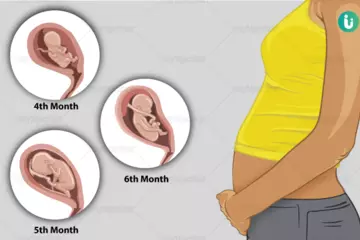What is Osteopetrosis?
Osteopetrosis is a rare disease characterised by an increased bone density. This is due to a defect in reabsorption by cells known as osteoclasts. Osteoclasts are bone cells that break down bones to release calcium in the blood and maintain blood calcium concentration. Excess of osteoclasts makes the bones turn brittle and extremely vulnerable to breakage or fractures. This is normally balanced by the bone-building activity of osteoblasts. In osteopetrosis, this balance is lost leading to rise of bone density.
Doctors have outlined seven different kinds of osteopetrosis which may affect an individual. This disease is also known as the marble bone disease.
What are its main signs and symptoms?
As the old bone is not being broken and only new bone is being formed, the bone density increases progressively and the bones may turn structurally deformed. The symptoms arising due to this are as follows:
- Delayed growth in infants
- Short height
- Frequent dental infections
- Signs of enlarged liver
- Recurring seizures
- Frequent fractures
- Intellectual disabilities
In some cases (mostly noticed in mild and adult osteopetrosis), the symptoms may not be noticeable or are very mild in nature.
What are its main causes?
Osteopetrosis is a genetic disorder which is inherited from parents. The genes linked to osteopetrosis are responsible for the formation of bone cells known as osteoclasts. These cells enable the bone remodelling, a process in which old bone is replaced by new bone. This is a normal and constant process which is important for ensuring that the bones remain healthy and strong.
Mutations in these genes can result in abnormal or missing osteoclasts which eventually cause osteopetrosis.
How is it diagnosed and treated?
The diagnosis of osteopetrosis is made by evaluating the individual’s family history along with performing other scanning tests such as X-rays, bone density scan called DEXA scan and CT scan in order to detect any bony deformities.
A bone biopsy may be performed to confirm the diagnosis.
The treatment of this disorder is a bone marrow transplant in order to encourage the production of the necessary cells. Medications may also be administered to promote bone reabsorption by the cells.
(Consult a doctor with online treatment app)

 OTC Medicines for Osteopetrosis
OTC Medicines for Osteopetrosis















